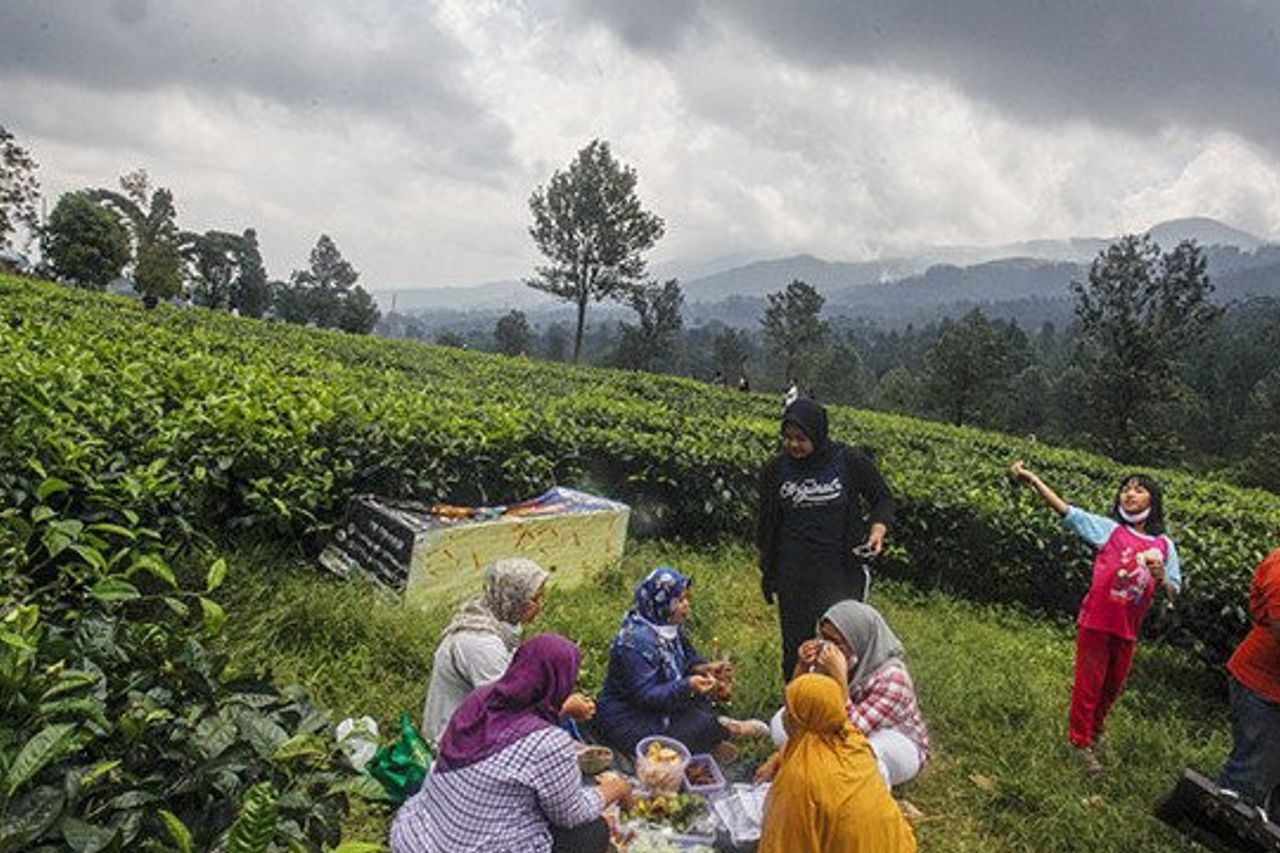Fixing The Peak Is Saving Jabodetabek, Ministry Of ATR/BPN Wants Collaboration

JAKARTA - The Ministry of Agrarian Affairs and Spatial Planning/National Land Agency (ATR/BPN) collaborates with local governments and various government agencies in responding to problems in the Puncak area, West Java, which is an upstream water catchment area for Greater Jakarta.
Deputy Minister of Agrarian and Spatial Planning/Deputy Head of BPN Surya Tjandra said that activities such as planting trees and constructing infiltration wells were one of the concrete steps in implementing Presidential Regulation no. 60 of 2020 concerning Spatial Planning for Jabodetabek-Punjur (Jakarta, Bogor, Depok, Tangerang, Bekasi, Puncak, and Cianjur) urban areas.
"What is clear is that (the Jabodetabek-Punjur Presidential Decree) requires very crucial cross-sectoral cooperation. This coordination rests with the Minister of ATR/Head of BPN and the Governor," said Surya Tjandra in a written statement, Friday, November 12.
He said, the next stage is to invite collaboration with the province so that it can be a mutual agreement.
The Ministry of ATR/BPN offers a solution to save the Puncak area, Bogor, West Java, which at the same time has an impact on Jakarta as well as the community.
There are several conceptual and restoration plans for the Puncak area until 2024, namely planting trees for water absorption, making infiltration wells to reduce run off, building dams, controlling violations of space use, controlling land rights, and empowering communities.
In addition, the peak commemoration of the 2021 Agrarian and Spatial Planning Day (Hantara) has been held in the Puncak area, Bogor Regency. The peak celebration as well as the closing of Hantaru 2021 was held to coincide with Spatial Planning Day which is commemorated every November 8 this time focusing on saving the Peak Area.
Under the theme "Message of the Peak to Save the Peak Area", the Ministry of ATR/BPN planted around 5,000 trees at four points in the Cikoneng, Cikoneng Tekukur, Rawa Gede, and Cisuren areas, as well as the construction of 100 infiltration wells in Neglasari Village.
The environmental condition of the Puncak area as a water catchment (upstream) for Jabodetabek-Punjur is considered quite worrying. Based on the results of the spatial planning audit, 54 cases of spatial use violations were found in the Puncak area.
Previously, the Minister of ATR/Head of BPN, Sofyan A. Djalil, said that the issue of Puncak, Bogor is an important matter to be addressed immediately.
Sofyan A Djalil explained, in an effort to save the Puncak area, joint collaboration is needed to change several rules, especially regarding Green Open Space (RTH). The Puncak area was initiated to take over the rest of the green open space set in DKI Jakarta.
"How do we overcome this Puncak? If we work together, I will change the rules regarding Jakarta's green open space. Now we interpret it in the Law on green open space, no longer allowed. No longer based on the smallest areas, but an area. We will change the concept of green open space because now in Jakarta it is impossible to add the remaining 21 percent of green open space," said Sofyan A. Djalil.
As is known, currently DKI Jakarta has realized 9 percent of the target of 30 percent of green open space that must be built. However, the DKI Jakarta area is no longer possible to add green space considering the density of the area and soaring land prices.
"We are looking for the remaining 21 percent in Puncak, later please lock all Puncak, it must not change the tea gardens. We will save the peak. How will the economy of Puncak continue to be a source of water and do not collapse," said the Minister of ATR/Head of BPN.
By changing the concept, academics estimate that Jakarta's RTH will increase by 8 percent. Regarding the management of green space, Sofyan A. Djalil ensured that each region could take over with a borrow-to-use agreement.
